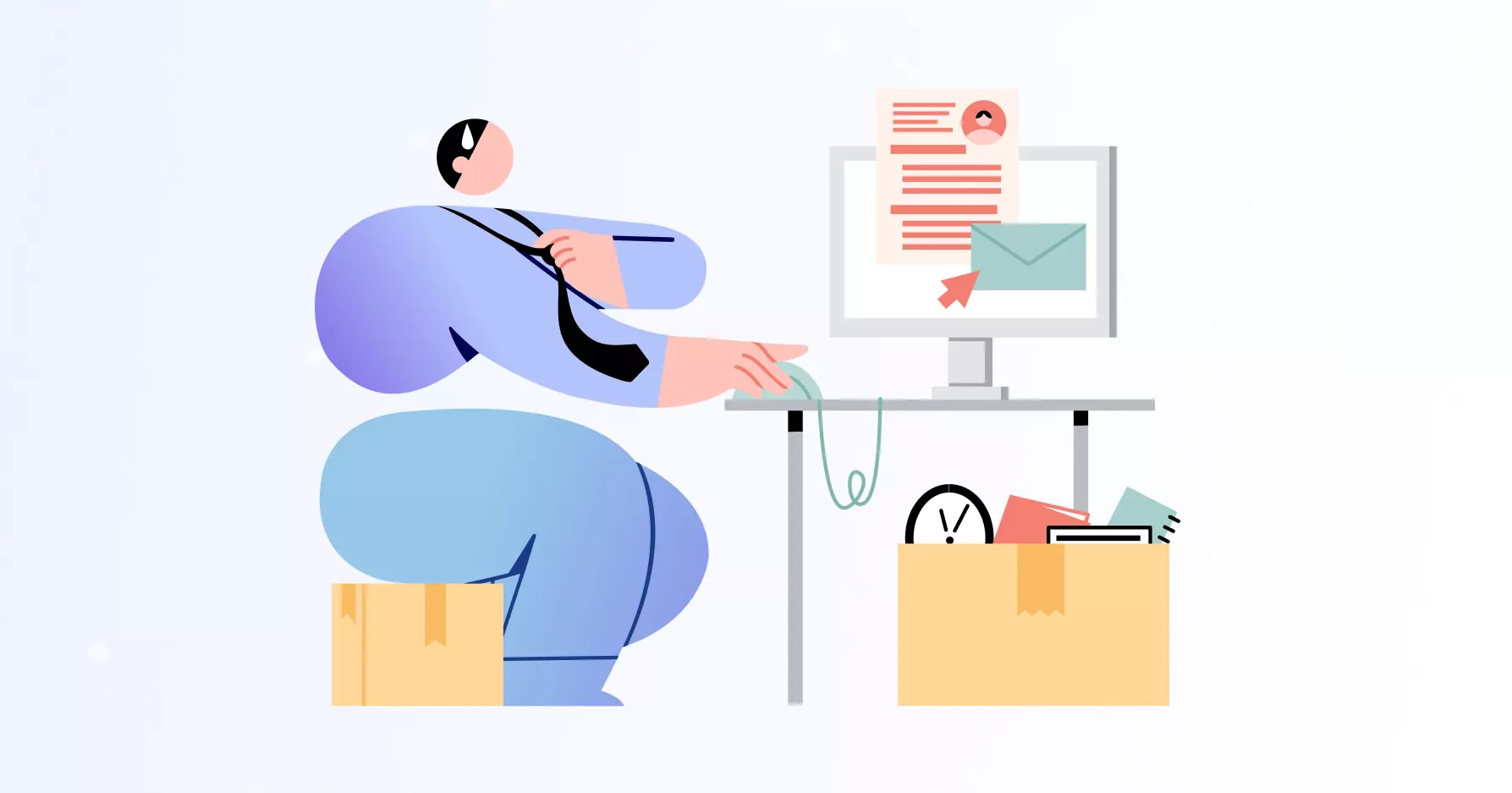Late payments are common in the construction industry, where 75% of UK construction companies face payment delays from their customers. According to research led by BACS Payment Services, businesses wait a month beyond their agreed contract terms before getting paid, which strains their cash flow and working capital. The problem is that a business which fails to tackle the burden of late payments is a house of cards. Why is this happening, and how to fix it?
Domino effect: How late payments undermine an entire company
Numbers are eloquent; Lloyds Bank reported that SMEs in the UK in 2016 lacked £586 billion because of unpaid invoices, and the Zurich SME Risk Index revealed £44.6 billion in late payments in April 2017. Late payments jeopardize the construction supply chain by impacting both the clients’ and contractors’ schedules and budgets. The main problem with late payments is the domino effect; if one party delays the payment of fees, the other parties will suffer the consequences and, conversely, will be late in paying their own fees. Contractors who suffer unpaid invoices will, in turn, struggle to meet their deadlines and obligations so that they will be in debt themselves and have to contract loans.
Identifying the causes of late payments
You have completed a project, but you haven’t been paid yet. This money will go straight to your accounts receivable, and even though it is considered an asset, it is cruelly lacking in your cash flow. The causes are numerous: project delays because of raw material shortages, work quality, and contract disputes. But it is mostly retention which hinders your ability to get paid. It enables clients to delay or contest the payment if the contractor hasn’t fulfilled the work in a timely fashion or if they don’t consider it matches their expectations. These retained sums have the power to undermine your business by straining your cash flow. Even though it is not realistic to abolish retention, which is a valuable right for the customer, companies can arm themselves with the right prevention policies to tackle late payments and accounts receivable.
Know your suppliers like the back of your hand
Being confident in the ability of your suppliers to fulfill your order is key to avoiding any unpleasant surprises since delay in meeting a customer’s request exposes you to customer dissatisfaction and, thus, retention.
Nurture your relationships with your suppliers by exchanging feedback and communicating goals. Plan your material requests in advance to avoid mistakes and smooth processes. Contractors and suppliers should work hand in hand and agree on project sizes and timing so that orders can be made to avoid any delays. The delivery process can be full of surprises, so it’s always a good idea to anticipate and always communicate about delays or shortages.
By communicating, you can share values and strengthen your partnerships so that both parties can deal with each other with respect and accountability. On both sides, transparency is key to building long-lasting relationships.
Lay the groundwork for a solid credit risk protocol
The best tip is to know all the parties in your supply chain. Knowledge is power, and you want to ensure you understand the financial health of the businesses you collaborate with. It would also be best to start by thoroughly checking your clients’ solvency. Be sensitive about offering credits. The moment you offer credit to a customer is the moment when you expose yourself to late payments. Evaluate the credit risk for each customer by checking their creditworthiness. Do not hesitate to ask their bank and ask to provide financial statements. Should you decide to deal with clients who did not meet your criteria, don’t put the bar too high for credit, as you could set yourself up for failure to collect your fees.
Set your collection practices in concrete
Once you find customers that correspond to your criteria, you need to have a compelling protocol for credit assessment, but primarily for debt recovery.
1. Positive reinforcement: You can first encourage customers to pay early. Creating incentives like discounts, free service maintenance or future credits for early payments can drastically help decrease your accounts receivable.
2. Negative reinforcement: Conversely, you can also introduce late payment fees to protect yourself from late payments, but make sure to consider the payment history and your relationship with the customer.
3. Automating manual processes: Manual data entry and invoicing is an exhausting and repetitive task. Not only is it time-consuming, but it is highly prone to human mistakes. In the construction industry, it can dramatically hinder your cash flow and your business. With automation, you can reduce the time you spend daily processing, chasing payments and customers, and sorting out invoices. All-encompassing digital solutions exist to make your life easier so that you can reduce inefficiency and human error and have more time to focus on your priorities. By relying on an automated solution, you can make your billing effective, accurate and streamlined, and you no longer have to chase your customers nor distribute your invoices manually, enabling you to tailor to your customers’ preferences, simplify payment processes, and gather insightful analytics to anticipate and inform future credit policies based on your customers’ anticipated payment behaviours.
Key Take Away
Late payments can make your business bleed money and immobilise the construction supply chain. Instead of accepting this phenomenon as fate, you should not only proactively try to counteract its effects; you should even try to anticipate it. By taking the time to know your suppliers and your customers thoroughly, developing a solid credit risk protocol and optimising your collection processes, you are giving yourself the best chance to make your business thrive.











